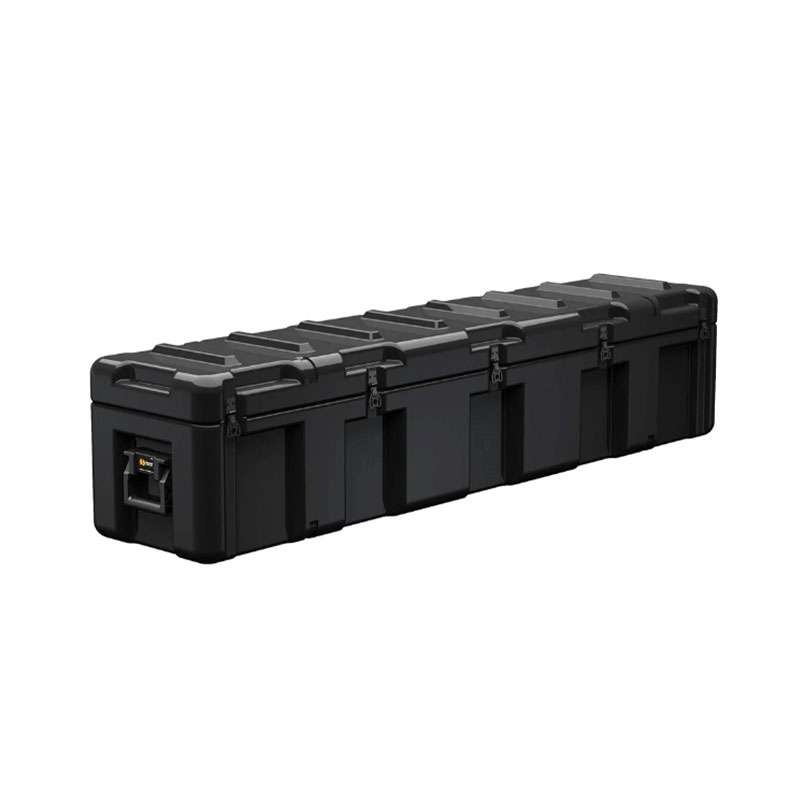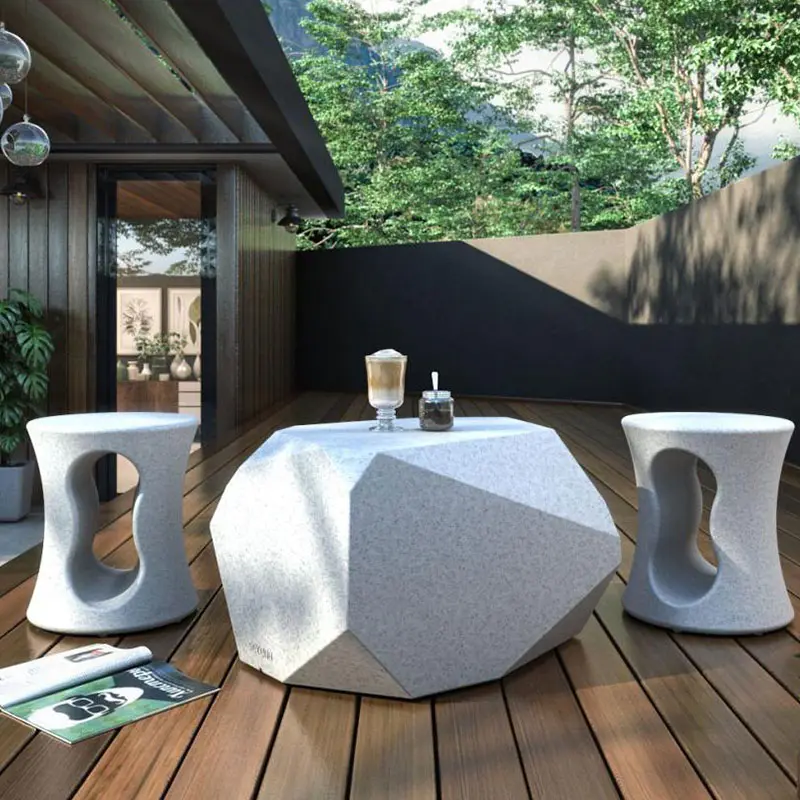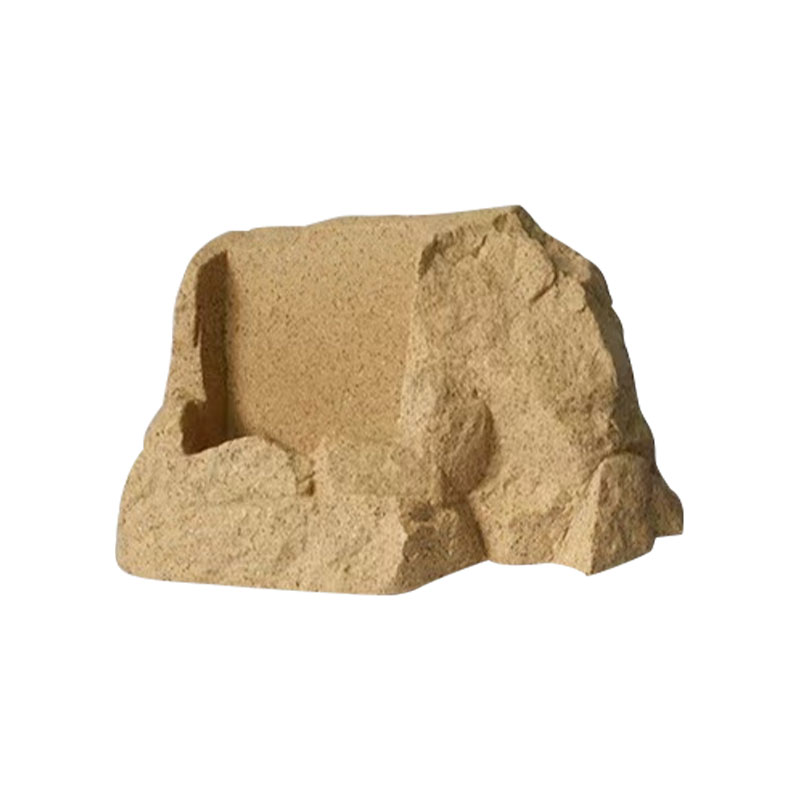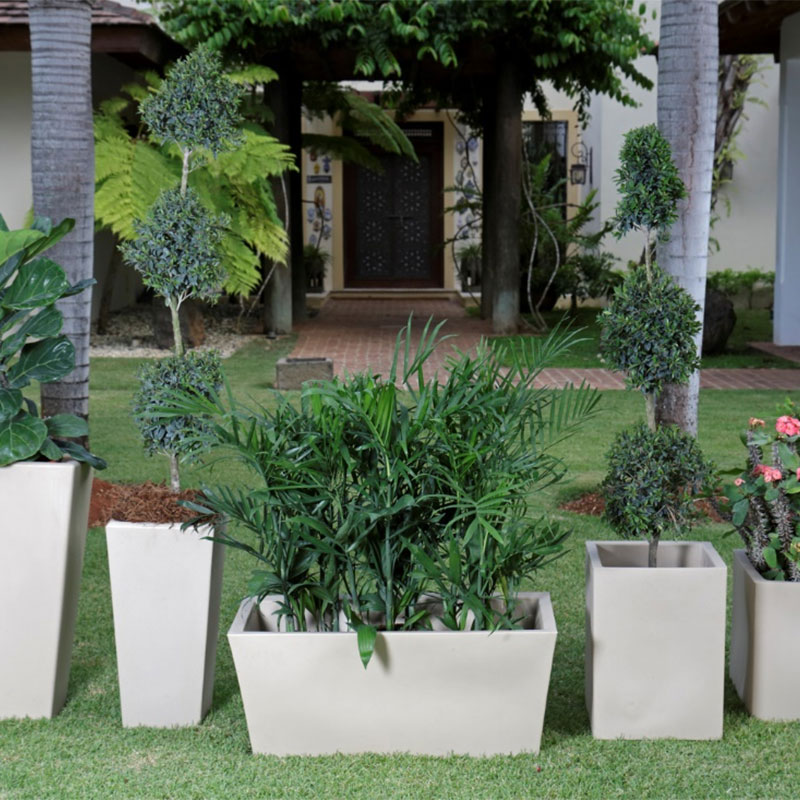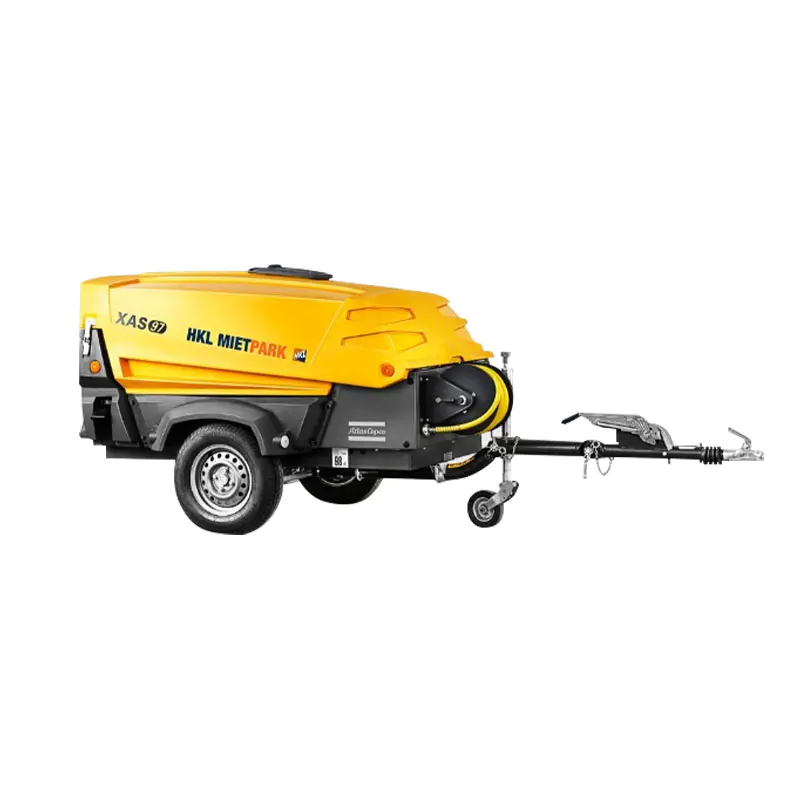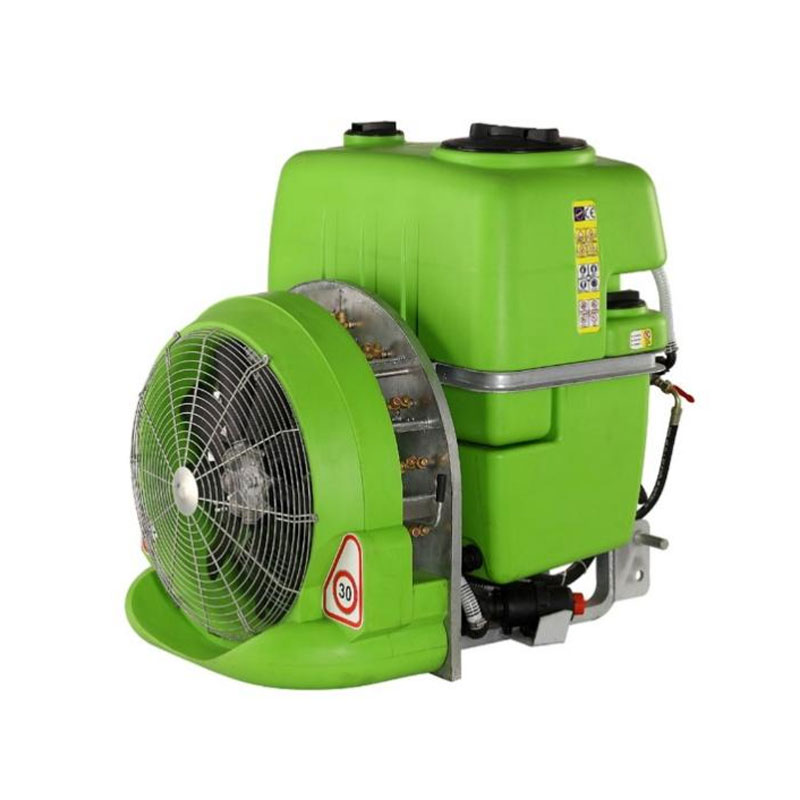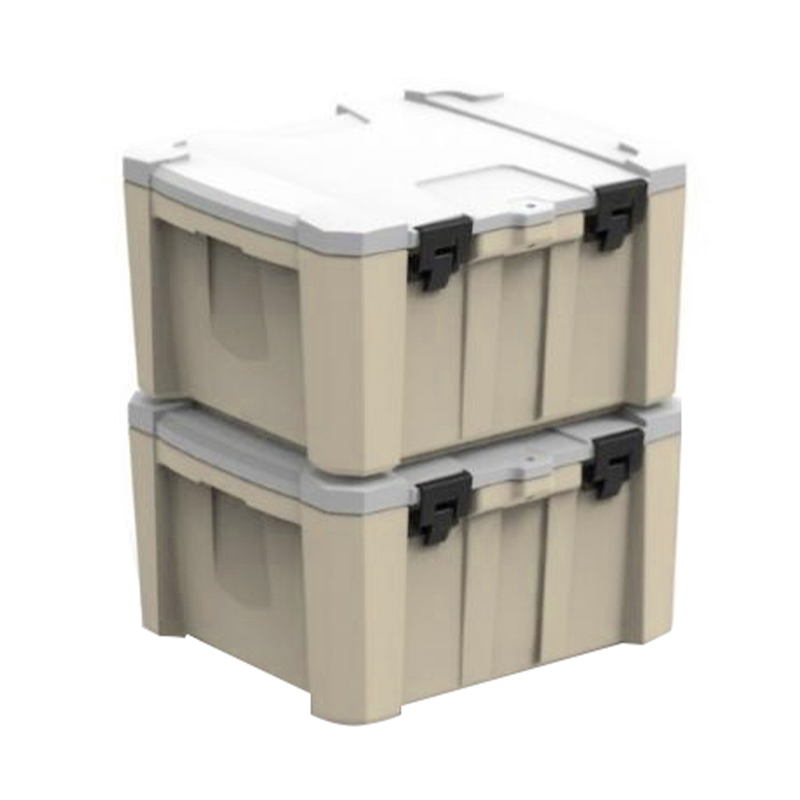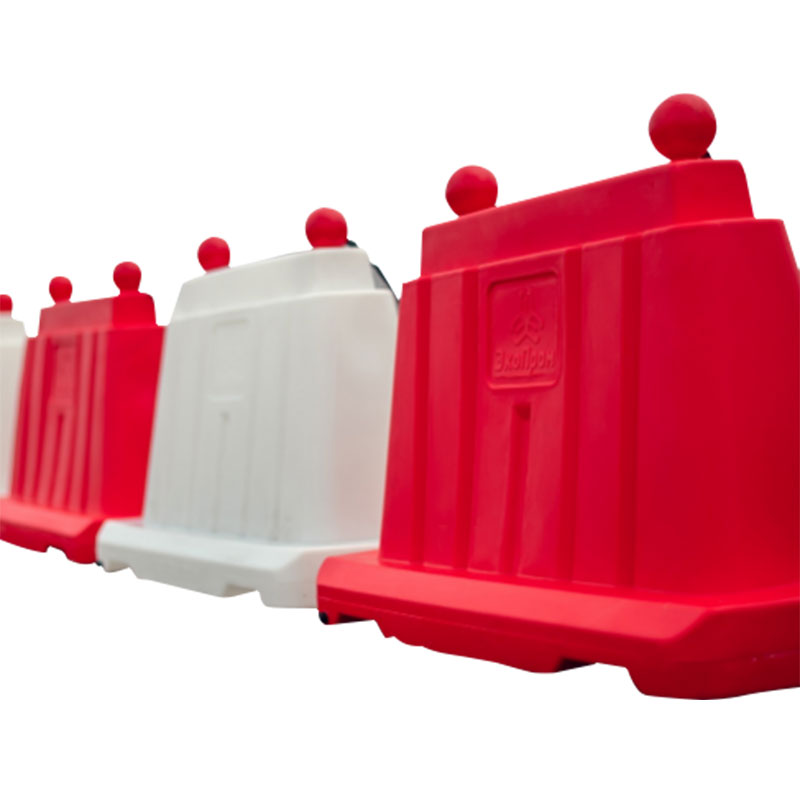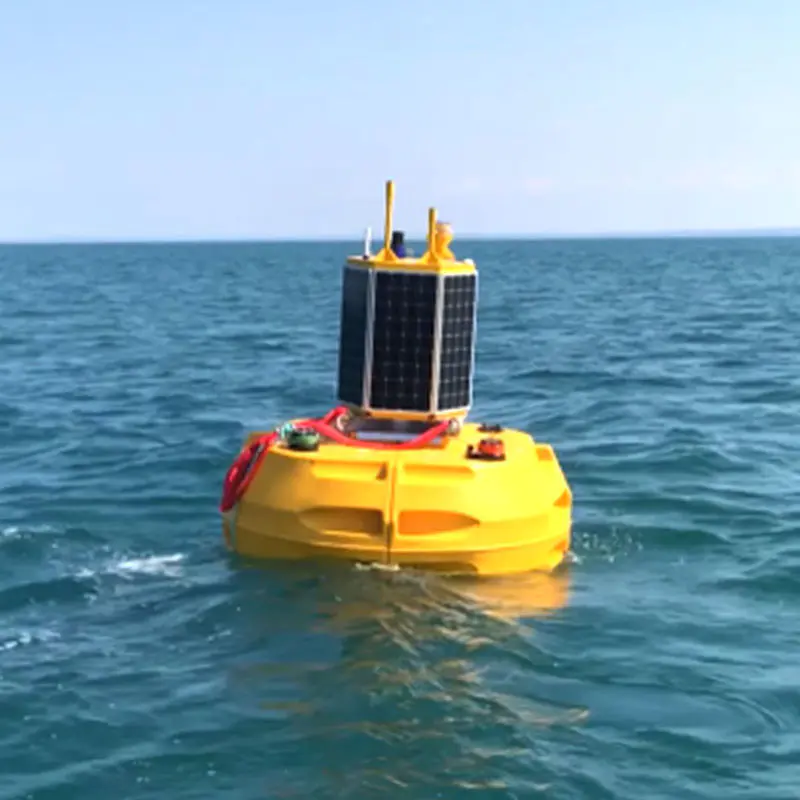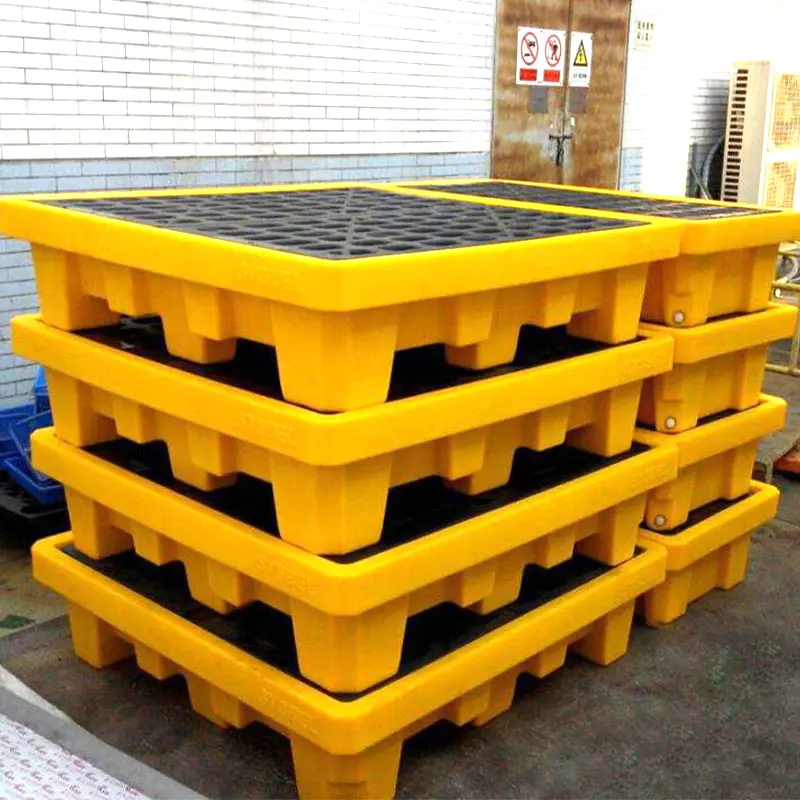Roto-molding, also known as rotational molding, is a molding process for manufacturing hollow seamless plastic products. In the production of agricultural machinery accessories, the roto-molding mold is rotated and heated to make the plastic raw materials evenly cover and melt and adhere to the surface of the mold cavity, and finally form the desired shape of agricultural machinery accessories. This process is particularly suitable for manufacturing large, special-shaped or complex internal structure agricultural machinery accessories, such as fuel tanks, water tanks, and dosing boxes.
The importance of roto-molding molds is reflected in many aspects. First, it is the basis for achieving precise molding of agricultural machinery accessories. The dimensional accuracy and surface roughness of the mold directly determine the molding quality of the accessories. Secondly, the durability of the roto-molding mold is related to production efficiency and cost. A high-quality mold can withstand long-term and high-intensity use without damage, thereby reducing the frequency of mold replacement and reducing production costs.
The rationality of mold design is the prerequisite for ensuring efficient production. In the design of roto-molding molds for agricultural machinery accessories, factors such as the shape, size, wall thickness and material properties of the accessories should be fully considered. For example, for accessories with complex internal structures, the mold design should ensure that the plastic raw materials can be smoothly filled into every corner to avoid defects such as bubbles and shrinkage holes.
In addition, the design of the parting surface of the mold is also crucial. The parting surface should be selected at the largest cross-section of the accessory to facilitate demoulding and feeding. At the same time, the parting surface should be designed to be as simple and smooth as possible to reduce the difficulty of mold manufacturing and production costs.
The selection of mold materials directly affects the durability and production efficiency of the mold. For agricultural machinery accessories rotational molding molds, materials with good thermal conductivity, wear resistance and corrosion resistance should be selected. For example, steel plate is one of the commonly used mold materials, and its thickness is generally controlled between 2-5mm to ensure the rigidity and strength of the mold.
In order to improve the durability of the mold, special treatment can also be performed on the mold surface, such as spraying Teflon coating. Teflon coating has good non-stick and wear resistance, which can effectively reduce the friction and adhesion between the mold and the plastic raw material, thereby extending the service life of the mold.
The control of mold manufacturing precision is a key link to ensure efficient production. During the mold manufacturing process, the parameters such as the mold's dimensional accuracy, shape accuracy and surface roughness should be strictly controlled. For example, high-precision processing equipment and measuring tools are used to finely process and inspect the mold to ensure that the mold's manufacturing accuracy meets the design requirements.
In addition, the assembly quality of the agricultural machinery parts mold also directly affects its use effect. During the mold assembly process, the matching accuracy and sealing between the components should be ensured to avoid leakage, deformation and other problems during use.
Daily maintenance of the mold is an important means to improve its durability. During use, the surface condition of the mold should be checked regularly, such as whether there are scratches, concave, peeling, cracks, etc. Once small bad spots are found on the mold surface, they should be repaired in time to prevent the bad spots from expanding and causing damage to the mold.
During the demolding process, avoid using hard objects to pry and peel the mold to avoid damaging the mold cavity. For molds coated with Teflon, more caution should be used to avoid damaging the coating and affecting the use of the mold.
The cooling method also has an important impact on the durability of the mold. During the rotational molding process, the mold needs to go through two stages: heating and cooling. The quality of the cooling stage directly affects the thermal stress and deformation of the mold.
For steel plate molds, due to their obvious thermal expansion and contraction effects, instantaneous temperature differences may cause the steel plate to twist and deform or even the Teflon coating to fall off. Therefore, steel plate molds are more suitable for air cooling. Although air cooling is less efficient, it can ensure the stability of product quality and reduce the thermal stress of the mold.
In contrast, aluminum alloy molds can be cooled by water mist to improve cooling efficiency due to their excellent thermal conductivity. However, in the production of large-scale roto-molded products, it is still necessary to carefully select the cooling method to avoid mold deformation and performance degradation.
The control of molding parameters is also a key factor in improving mold durability. During the roto-molding process, parameters such as heating temperature, heating time, rotation speed and heating speed should be reasonably controlled. For example, heating temperature that is too high or time that is too long may cause the plastic raw material to overheat and decompose to produce harmful gases and damage the mold; rotation speed that is too fast or too slow may affect the distribution and melting effect of the plastic raw material in the mold.
Therefore, the best molding parameter combination should be determined through experiments before production, and the changes of these parameters should be strictly monitored during production to ensure the stable operation and durability of the mold.

 English
English 中文简体
中文简体 русский
русский Español
Español